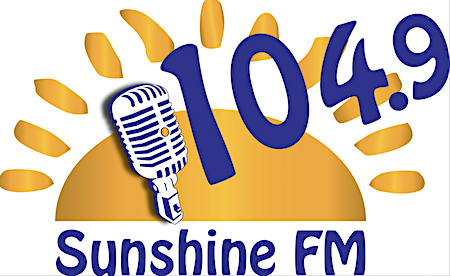1 part science, 2 parts art = the winning formula

Building a winning morning show isn’t easy. Creating a winning mix of interesting personalities, compelling dialogue and memorable content in a fun and unconventional way takes time, patience and – to be honest – luck. There is no single path that you can take to guarantee success. However, some of our fundamental thinking is actually misguiding us and keeping us from success.
For years programmers have handed down the same playbook on how to build winning morning shows. We have treated this like we were handing down biblical stories through generations. We have started to believe it guide us to all the answers. We have found meaning and comfort in the tactics that have come before us. Programmers have been mimicking and recreating these rules around casting, role definition, content and formatics without stopping to question why.
The playbook offers us the science for building a winning morning show. It provides us the formulas that orient shows to head in the right direction; it offers the route away from failure. The guidance it gives us is important, but a reliance on science produces a sterile, precise show that doesn’t connect with the audience. As you scan the dial, you’ll find many shows that sound this way.
Great morning shows have always been a carefully engineered balance of science and art. The science gives us control. It creates the parameters and rules to work within. The art gives us creativity and uncertainty. It is the art that entertains the audience in the moment and creates the stickiness to bring them back later.
Science is tangible. Art is intangible.
There is something wrong with the assumption that successful radio is a balance of science and art. Balance means “a state of equilibrium, an equal distribution”which implies that the science and the art are of equal importance. They aren’t. The art is of greater significance to your success than the science. Science is a key ingredient because it ensures a purpose and prevents chaos. It guides our direction. But it is the art that creates meaningful and magical moments. It is the art that creates a distinctive show.
The winning formula for any morning show, personality show or radio station, should be one part science, two parts art. The emphasis on art should outweigh the emphasis on science by at least 100%.
To build a morning show with an emphasis on art you need to put talent at the center of your strategy. Start by hiring talent you truly believe in. Search for interesting, different and self-aware people who are prepared to share their lives with their audience. Self-awareness may actually be the most crucial trait to search for. Successful talent always know themselves intimately. They are aware of what they value. They understand how they have been shaped by their experiences. They are conscious of their reactions to everything that they are exposed to. It is these authentic reactions to the things that happen to them and their confidence to share them that makes them captivating. The offering of their real thoughts, feelings and ideas is what makes them unique, engaging and memorable. It is this – authentic talent – that compels audiences to listen. Repeatedly.
Hiring self-aware talent is only part of what needs to happen. Next, Programmers must create space for them to perform. Don’t prioritize the rules. Instead encourage your talent to take risks, to experiment, to break the rules, to be unconventional… Programmers need to foster a safe environment for their talent allowing them to inject their unique perspective into everything they do, without fear of repercussion. Hand over the show completely to them – give the talent a stage to perform on.
This encouragement cannot be a one-time thing. Programmers need to ensure they keep the emphasis on the art and not the science. Spend time talking to talent about their performance and their content, not the formatics of radio. Help talent to become more self-aware and then teach them how to effectively share their point of view with the audience. Spend time brainstorming ideas with talent; help them to turn their thoughts and reactions into memorable moments on the air.
Every conversation you have about performance should be imbalanced in favor of the art. As a Programmer you need to direct your talent to perform without fear. Consume yourself mostly with the science. Consume your talent mostly with an infinite freedom to experiment.
We all have the same playbook. It doesn’t provide any of us with a competitive advantage. The playbook may give us comfort about – or control over – what comes out of the speakers, but comfort doesn’t serve the audience’s need for entertainment. As a programmer you should be nervously excited and even a little scared about what could happen when you turn on the radio. That sense of uncertainty is a good thing. It makes for compelling radio. Embrace it, don’t try and control it.
Let’s end the tug of war between the science and the art. Instead let’s prioritize art. A winning morning show – or station – should be one part science, two parts art. Balance is overrated.
About Paul Kaye:
Born in England, Paul got his first PD role in the early 2000s, making him the youngest programmer in the UK at the time. After nearly a decade programming in the UK Paul moved to Canada in 2012 to work for Newcap.
Paul spends his days looking after stations in the CHR, Hot-AC and Classic Hits formats and also holds the role of National Talent Development Director for the company. A role that see’s him working with morning shows, on air talent, and programmers across the country to improve performance.
Paul lives in Vancouver and can be reached at [email protected]


